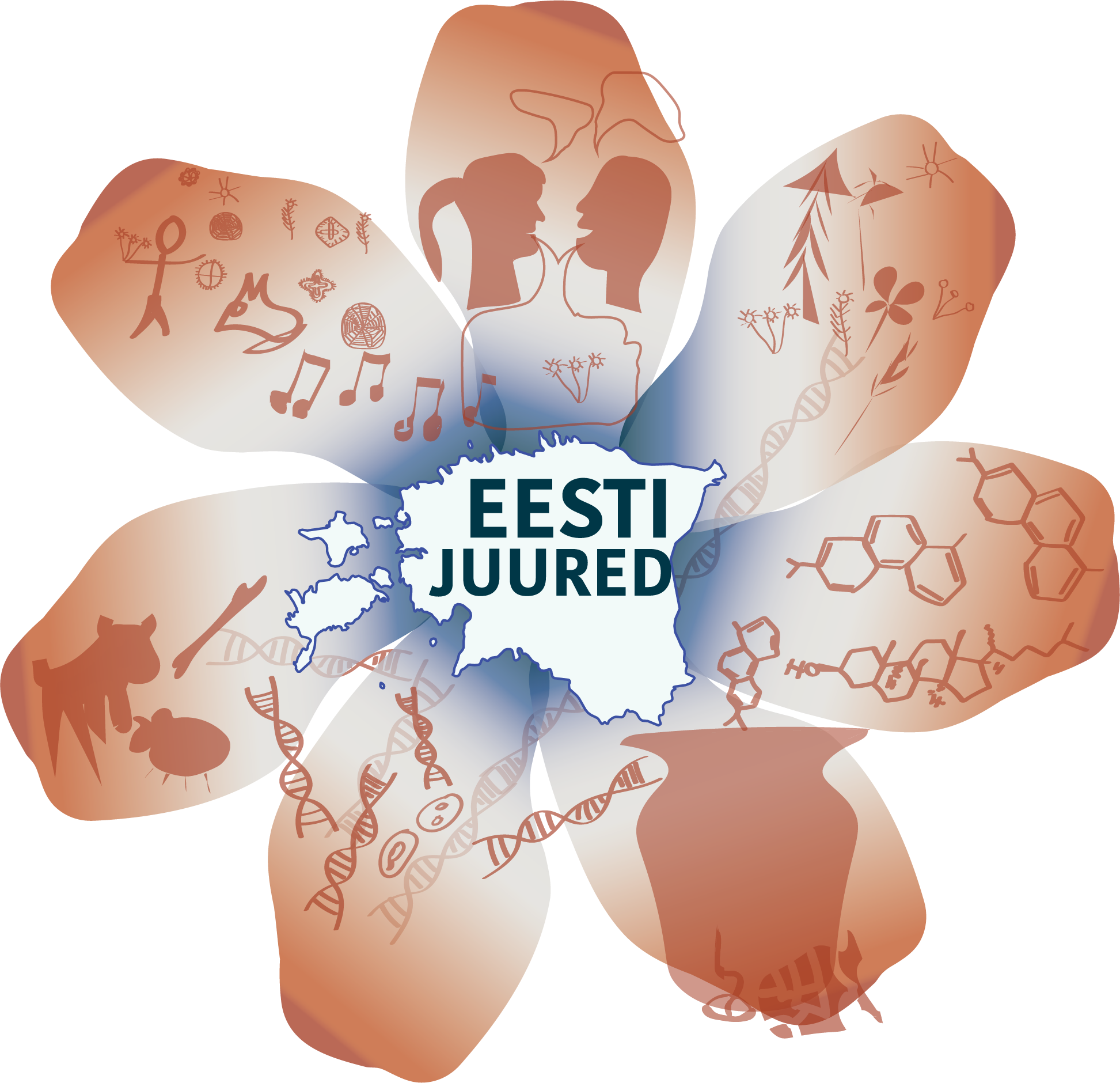In comparison to the abundance of artefacts that are known from Estonia, southern Finland and northern Latvia from the III millennium BC, and that of the 13th-12th centuries BC, the interim centuries are characterised by a significant scarcity of findings. Exact temporal frames are difficult to connect to the crisis under discussion: it began gradually with the characteristic abandonment of settlement sites at the end of the Stone Age in the beginning of the II millennium or even at the end of the III millennium BC, and likewise ended gradually when monumental aboveground stone graves and field systems began to be built. Different regions have somewhat different corresponding dates. Because of the scarcity of findings, we know the material culture of this era very poorly. The only clear fact is that during the period of crisis under discussion, the culture characteristic of the younger Stone Age disappeared entirely and in its stead came a novel culture characteristic of the Bronze Age.
The recognisable decrease of artefacts and other findings reflects rather certainly a demographic crisis, a depopulation. Also economic conditions worsened: the relative importance of agriculture probably decreased, whereas the relevance of fish on the table greatly increased. The land wasn't left completely devoid of humans, however, as can be witnessed by the chance findings of late stone axes and early bronze objects, individual burial and settlement sites and the appearance of human influence in pollen diagrams extracted from swamp and lake sediments.
Reasons for the Early Bronze Age demographic crisis still anticipate clarification. One can presume an invasion of economically and militarily stronger neighbours (both from South Scandinavia and the eastern forest zone), for example for the procurement of slaves; the climate anomaly of 1628-1627 BC that certainly influenced early agriculture; plague and other diseases; the destruction caused by the Kaali meteorite c. 1500 BC, etc.


